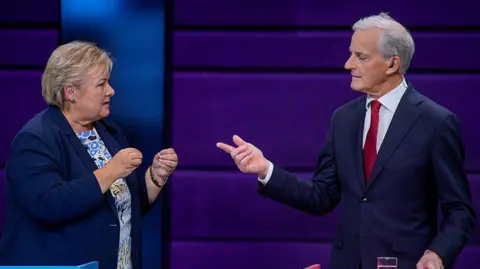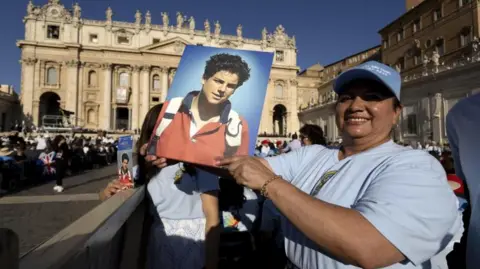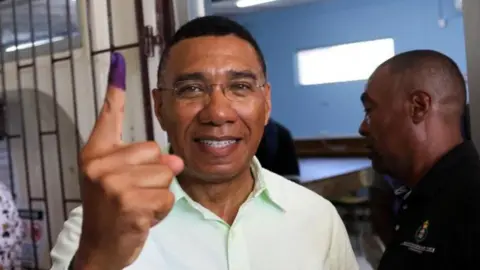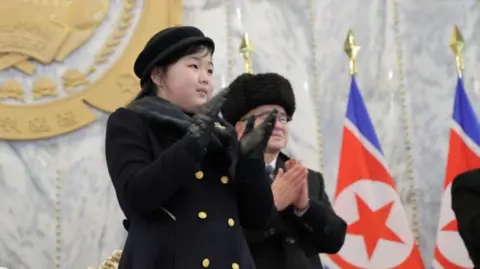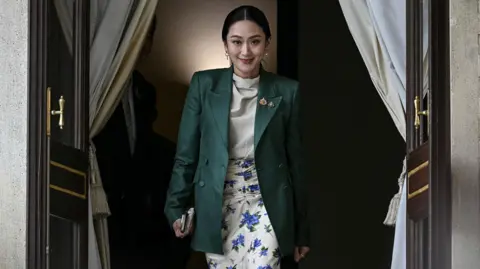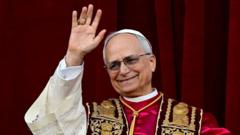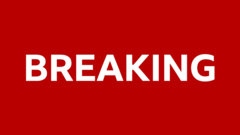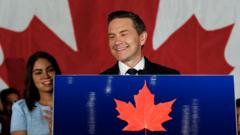The pivotal papal conclave at the Vatican is set to continue its deliberations for a second day as 133 cardinals work toward the election of a new leader for the Roman Catholic Church. Following the death of Pope Francis in April, the cardinals convened in the historic Sistine Chapel, bound by strict oaths of secrecy and the absence of modern technology, such as phones and the internet.
On Wednesday, the inaugural day of voting failed to yield a two-thirds majority consensus, leading to a pause until Thursday morning. This event is particularly noteworthy, being the first conclave in over a decade, reflecting a unique moment for approximately 1.4 billion Catholics worldwide. Furthermore, this conclave is distinguished by its size; many cardinals appointed by Pope Francis are interacting for the first time, adding an element of unpredictability to the proceedings.
Voting within the conclave operates under a systematic framework. Generally, the cardinals will partake in four rounds of voting each day, with unproductive ballots resulting in black smoke visible from the chapel's chimney, signaling the ongoing search for consensus. White smoke, however, will confirm a successful election.
Amidst the uncertainty, potential candidates have emerged, with Cardinal Pietro Parolin—Francis' former second-in-command—and Cardinal Luis Antonio Tagle of the Philippines considered frontrunners. The selection of the next pope may serve as a referendum on Francis' progressive legacy; the church grapples with divergent ideologies while facing pressing issues including sexual abuse scandals and financial challenges.
The conclave's intricacies extend beyond politics to its traditional procedures. Each cardinal submits a handwritten ballot containing the phrase "Eligo in Summum Pontificem" under their chosen candidate's name, adding a historic element to this significant event.
As the conclave proceeds, the duration of the process remains uncertain. Past elections have ranged from a matter of days to potentially lengthy struggles, with the 1740 conclave remarkably lasting six months. Recent history shows a trend toward quicker decisions, with both Pope Francis and his predecessor elected within two days. Cardinal Timothy Dolan of New York speculated on a lengthier conclave, suggesting that the cardinals' unfamiliarity with one another could prolong discussions.
Ultimately, the secrecy surrounding the conclave is tightly upheld, with external influences excluded and the decision-making process solely in the hands of the voting cardinals. As observers await the next voting rounds scheduled for 10:30 a.m. local time on Thursday, the world watches closely for the development of this ancient yet evolving tradition in the heart of the Vatican.











